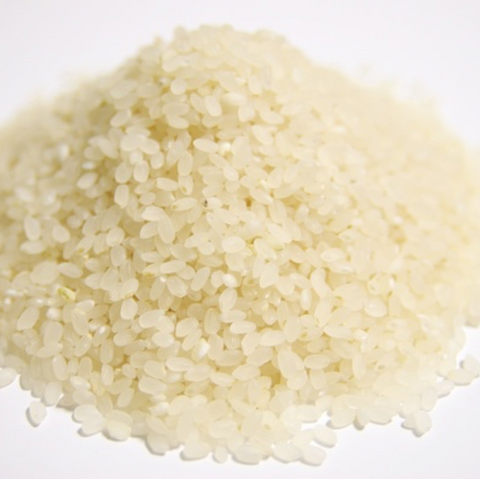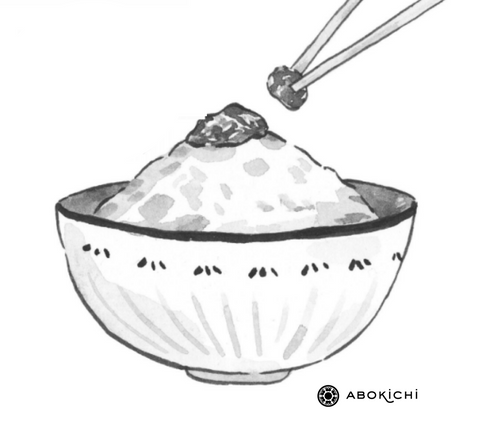Blog

In Japan, when classifying ramen, the soup is more important than the noodles, and there are many different types of ramen. It is also common to add various ingredients (toppings) on top of the noodles, and there are a great many different types of ramen.
Have you ever heard of the term "local ramen"?
There are more than 100 types of local ramen throughout Japan, including Sapporo ramen and Hakata ramen. Each local ramen has its own unique flavour, noodles, and ingredients, and is rich in regional colour and character. In recent years, new types of local ramen have emerged as a way to revitalize towns, but there are also many local ramen varieties that have been popular as local gourmet foods for a long time.

Determining what size of rice cooker you need is the first thing to consider when shopping for a machine. When measuring rice, Japanese people use a unit of measurement called gou (合), roughly 180ml. Gou is part of the shakkanhou (尺貫法) system of measurement, a traditional system that is no longer commonly used, but maintains its legacy as the standard for measuring both rice and sake. When you see the term “cup” in a rice cooker's description, it is likely 1 gou, not a metric cup (250ml) typically used in cooking and baking.
(Also, please note that 1 cup in modern Japan is equal to only 200ml, so please sure to adjust your recipes while cooking in Japan, and likewise if working off a Japanese recipe in the west.)
The shakkanhou system works like this:

One of the most frequently asked question we get during our onigiri-making workshops is "Which is the best rice cooker?". So, we will explain some points about rice cookers to help you make the best decision when shopping for yours.
As it is with many other products in this modern era, when it comes to rice cooker options, we have too many choices. If you visit Amazon.com, you will find 180 pages for this category. Each brand emphasizes the unique benefits of their products, and with prices ranging from around $20 to over $1,000 for one machine, it really becomes difficult to make an informed decision.
We use Haiga-mai (half-milled rice) for our onigiri. It's neither brown nor white rice, but somewhere in between the two. It is commonly believed that brown rice provides more nutrition when compared to white rice, but if we consider the amount of nutrition made useful through digestion, this belief may not be entirely true.


